What is CBD?
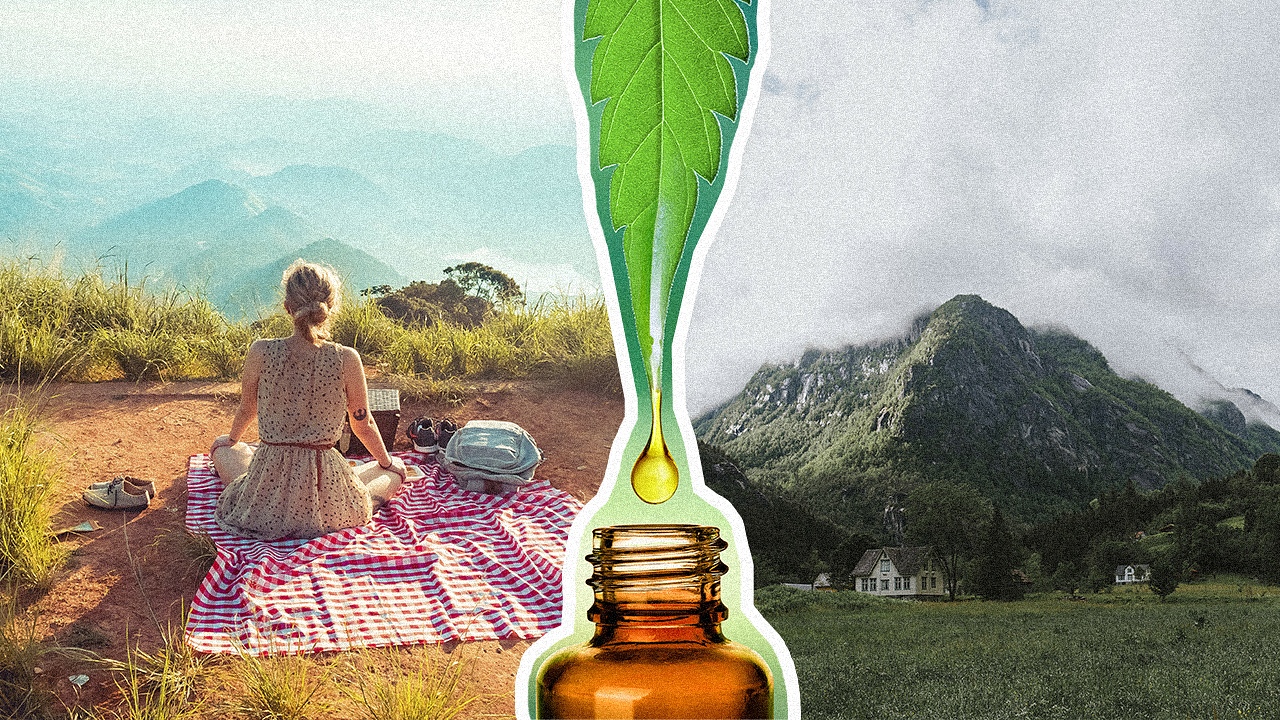
CBD oil and other products are found in various stores and online. What is CBD (cannabidiol), and why is it so popular? Is CBD oil a new discovery, or does CBD have a long history? The following sections review the history of CBD, followed by a discussion on CBD features, benefits, and effects. Understanding CBD’s source and how to determine CBD product quality is essential to choosing products that best meet personal needs.
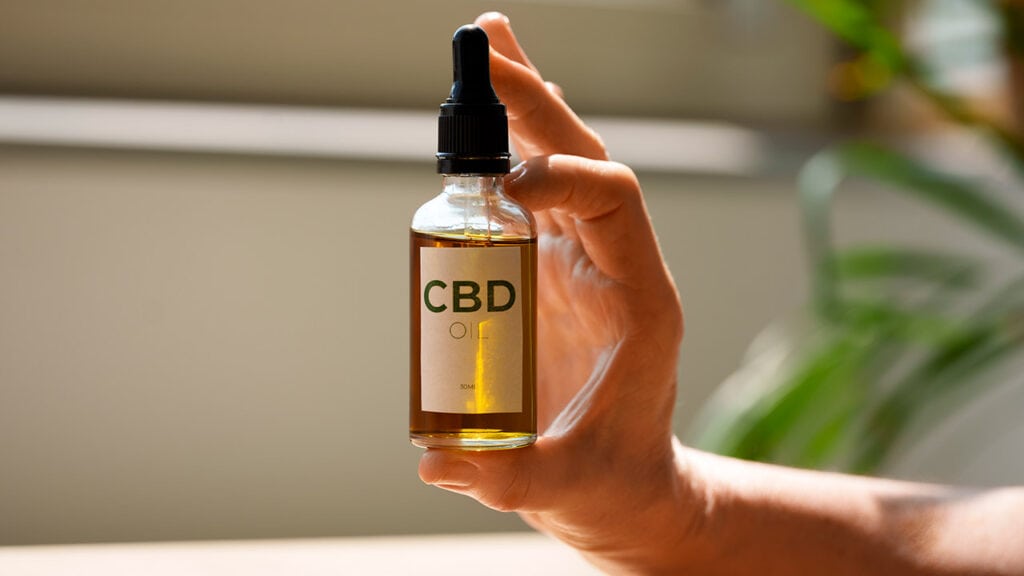
TLDR:
CBD (cannabidiol) is extracted from the hemp (cannabis) plant that is cultivated to contain no more than 0.3% THC. It has a long history of use, but it was not until 1940 that a scientist first isolated CBD in the cannabis plant. CBD interacts with the endocannabinoid (ECS) system, which enables homeostasis in the body’s systems. Millions of people are using CBD to address various wellness issues, like poor sleep quality and calming effects. Savvy shoppers know the difference between THC, hemp oil, and CBD.
Table of Contents
- What is CBD?
- The History of CBD
- CBD vs. THC: What Is the Difference?
- How is CBD Made?
- What are CBD Benefits and Side-Effects?
- What Does CBD Do?
- Different Forms of CBD
- How Do You Take CBD?
- How to Dose CBD Oil?
- Legality of CBD
- How Long Do CBD Effects Last?
- What to Look For in CBD Products
- FAQs
- Stay Informed About CBD
What is CBD?
CBD (cannabidiol) is an active compound (phytocannabinoid) found in the cannabis plant. Per the 2018 Farm Bill, CBD is derived only from a cannabis plant called industrial hemp that is specially grown to have no more than 0.3% THC, another phytocannabinoid, in dry-weight material.

CBD is one of hundreds of cannabinoids in the cannabis plant. CBD and THC are the most abundant cannabinoids. A cannabinoid is a compound that interacts in some way with the human endocannabinoid system (ECS). The ECS has two primary sets of receptors. CB1 receptors are found mainly in the central nervous system and the brain and in some tissues like muscles, reproductive organs, and lungs. CB2 receptors are located mainly in the immune system and primarily in peripheral organs like the liver, pancreas, and bones.
The History of CBD
The hemp plant (marijuana) has been used for thousands of years in Asia and China for its health benefits. It is mentioned in ancient Chinese, Indian Hindu, Greek, Assyrian, and Roman documents.
Roger Adams first isolated CBD from C. sativa (hemp or marijuana) in 1940. He also isolated the minor cannabinoid CBN (cannabinol). In 1963, the CBD structure was identified, but the identification of the THC structure by Raphael Mechoulam and Yechiel Gaoni in 1964 got more attention. The reason is that CBD is not psychoactive. THC is a psychoactive phytocannabinoid, making it more interesting.
The endocannabinoid system (ECS) was discovered in the early 1990s by Dr. Raphael Mechoulam and his team. Endocannabinoids, such as anandamide and 2-arachidonoylglycerol (2-AG), are molecules produced naturally within the body. They bind to cannabinoid receptors, influencing neurotransmitter release and modulating the activity of various cell types.
The ECS is a complex cell-signaling system that helps maintain homeostasis, the body’s internal balancing system. It plays a vital role in regulating mood, appetite, sleep, and the immune system.
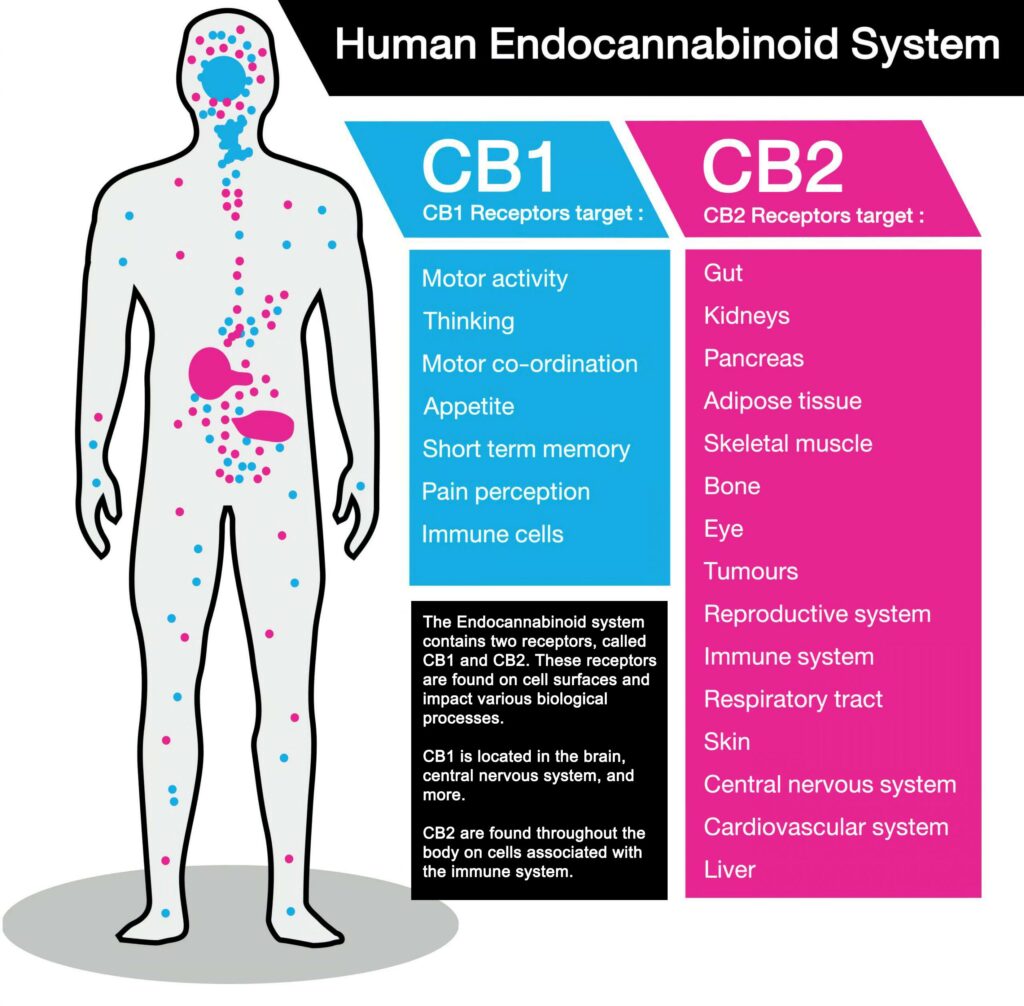
The discovery of the endocannabinoid system prompted scientific interest in plant cannabinoids, their interaction with the ECS and the potential health benefits. Since THC is illegal at the federal level, the focus turned to CBD. In 2018, the United States passed the Farm Bill, which legalized the cultivation and sale of hemp-derived CBD products with low levels of THC (0.3% or less) in dry-weight hemp material, further fueling the popularity of CBD products.
CBD products have grown enormously popular. The product lines now include CBD oil, edibles and gummies, capsules, topicals, and even CBD for pets. One reason for the popularity of these products is that CBD and other cannabinoids are natural compounds extracted from plants. Many high-quality CBD products are made with only natural ingredients besides CBD. People who want to avoid taking medications see CBD as a potential option for addressing issues like poor sleep quality and others.
Today, the CBD regulatory status is in a state of limbo. The Federal Drug Administration (FDA) does not regulate CBD products. However, the CBD industry is lobbying Congress to develop regulations that would help keep poor-quality and mislabeled CBD products out of the market. Regulatory oversight at the federal level would also eliminate the confusion that exists now due to states passing their own laws concerning the sale of CBD and THC products.
The global CBD market was $9.4 billion in 2023 and is predicted to grow to $31.85 billion in 2027.
CBD vs. THC: What Is the Difference?
CBD and THC have similar chemical structures with the same molecular formula (C21H30O2), but their atoms are arranged differently, leading to distinct effects on the body. THC is psychoactive, meaning it can produce a “high” or euphoric effect when consumed. THC binds directly to cannabinoid receptors in the brain, particularly the CB1 receptors, and activates them. On the other hand, CBD is non-psychoactive, meaning it does not produce a high. It does not bind as strongly to CB1 receptors as THC does, and recent research is finding it may even inhibit the psychoactive effects of THC.
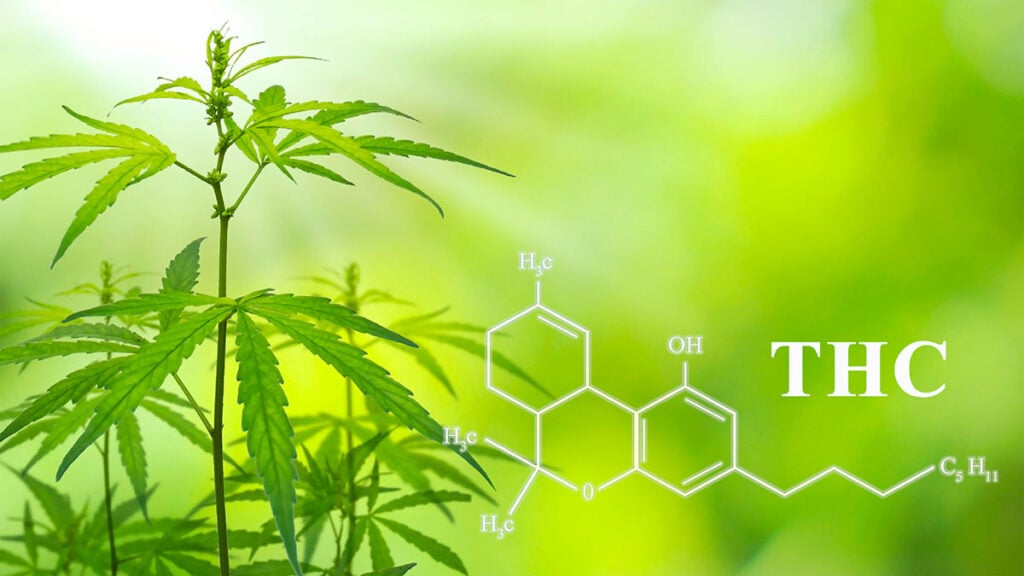
How is CBD Made?
CBD can be extracted from the cannabis plant using one of several methods. The first point to remember is that there are three CBD spectrums.
- Full spectrum CBD – whole plant extract
- Broad spectrum CBD – whole plant extract that has THC removed
- Isolate CBD – only CBD
The first step for all three spectrums is extracting the CBD. After the CBD is extracted, the following steps are determined by the CBD spectrum in the product.
The common CBD extraction processes are as follows.
1. CO2 Extraction
The hemp plant material is treated with high-pressure carbon dioxide (CO2) to extract the CBD and other compounds. This is one of the cleanest extraction methods since it does not require solvents. There are two types of CO2 extraction: subcritical and supercritical. The supercritical method is the most common in high-quality products because it is more efficient and produces better results.
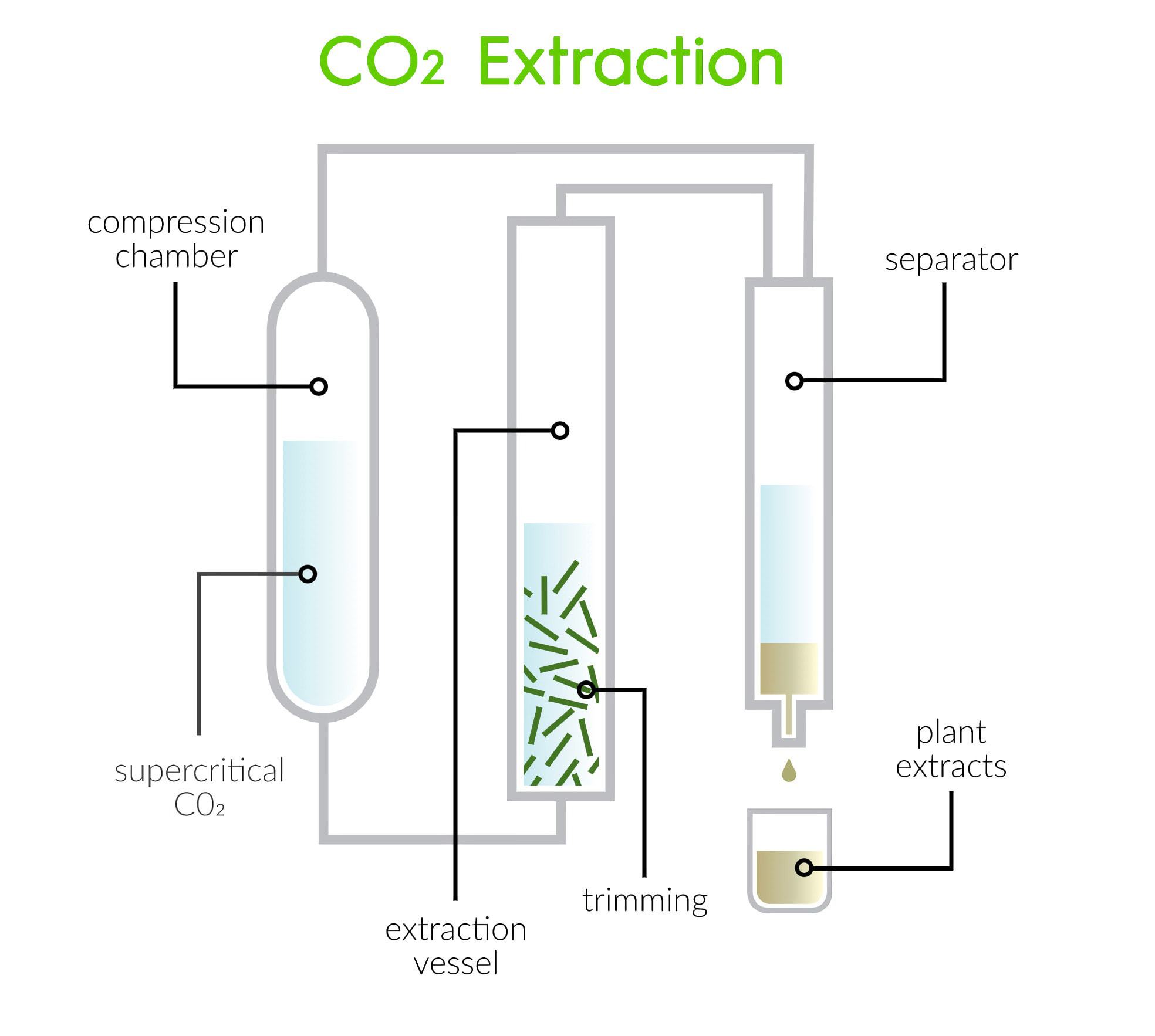
2. Solvent Extraction
The solvent extraction process to obtain CBD involves using a liquid solvent, such as ethanol, butane, or isopropyl alcohol. The solvent dissolves the cannabinoids and other compounds from the hemp plant. The solvent evaporates, and what is left is a concentrated extract that contains CBD and other compounds. This is no longer the preferred method because using a solvent means there is a risk of residues being left behind unless additional steps are taken.
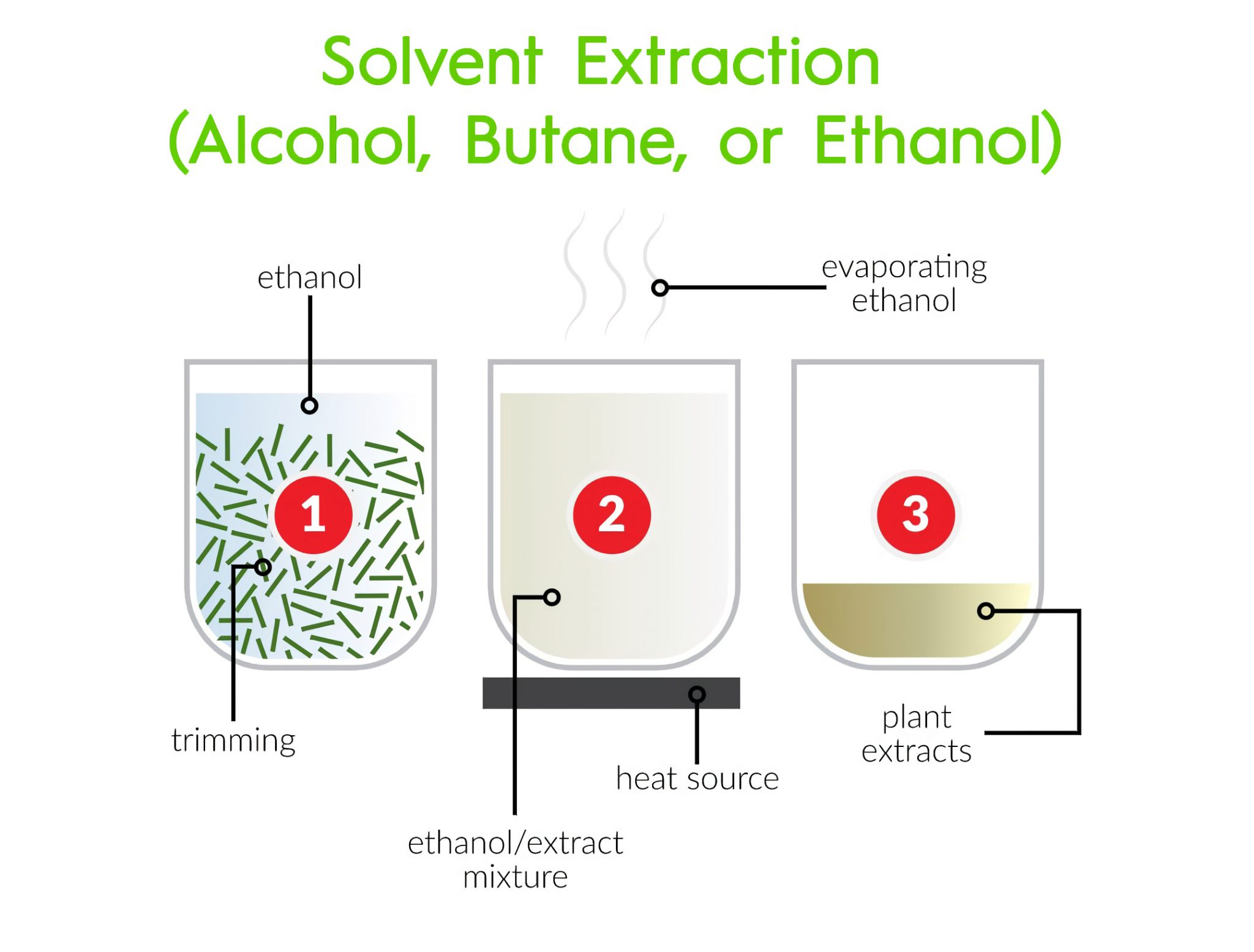
3. Steam Distillation
The steam distillation process for obtaining CBD passes steam through the hemp plant material to vaporize the volatile compounds. CBD is one of the compounds. The vapor is condensed and collected, which produces a CBD-rich distillate. This is an effective extraction method but less efficient than CO2 and solvent extraction methods.
4. Oil Infusion
This method involves steeping cannabis plant material in a carrier oil at low heat for an extended period. The typical oils used are olive oil, coconut oil or hemp seed oil. The result is that CBD and other cannabinoids are infused into the oil. CBD tinctures are made this way, or the oil is used to make other CBD products. This is the least precise way of infusing CBD at a particular concentration.
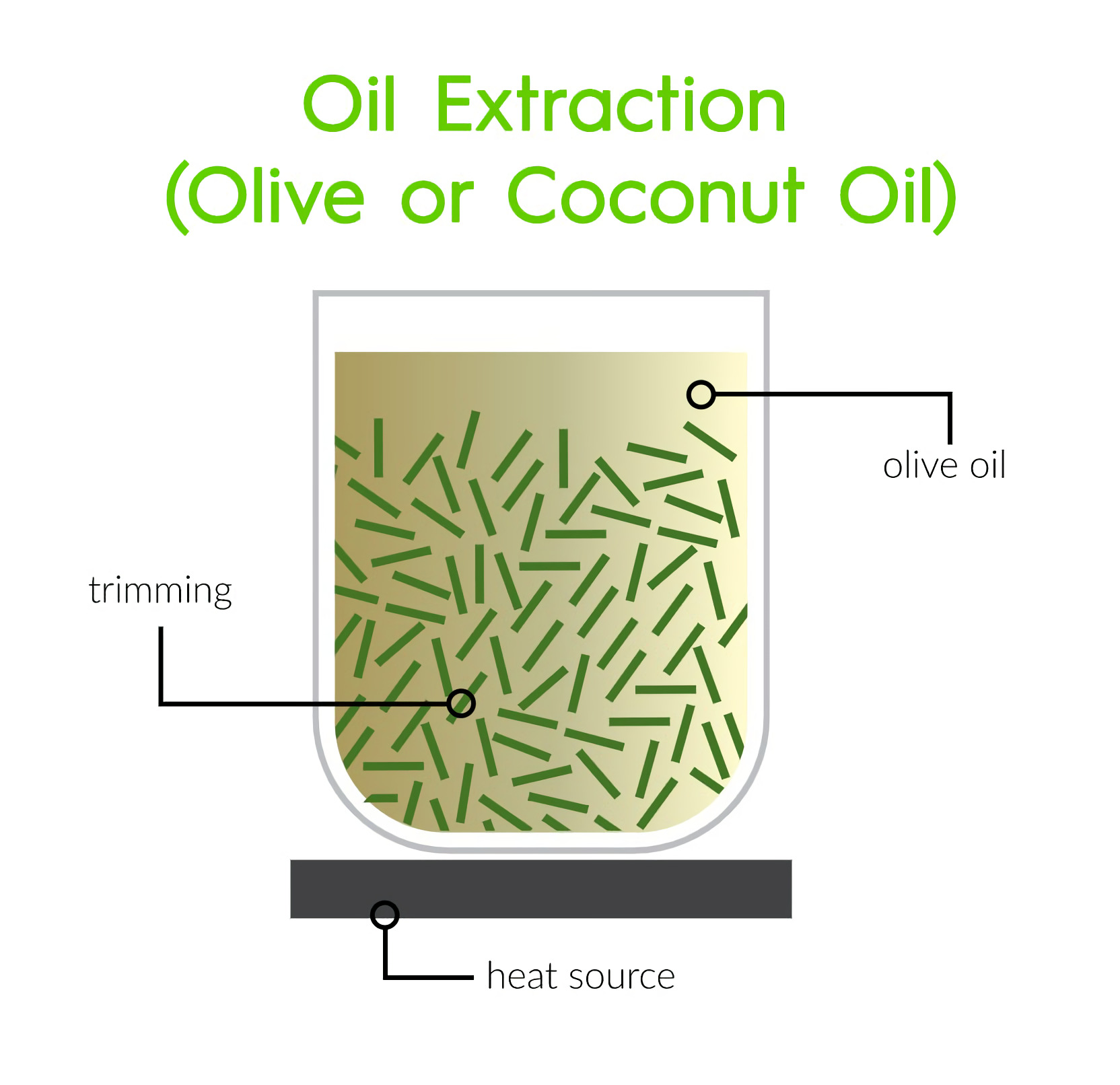
5. Chromatography
Chromatography techniques, such as high-performance liquid chromatography (HPLC) or flash chromatography, can isolate CBD from other compounds in the hemp plant. These methods allow for the separation and purification of individual cannabinoids, including CBD, from the complex mixture of compounds present in hemp extract.
Once CBD is extracted, broad spectrum and isolate CBD need further processing. Broad spectrum CBD does not contain THC, so making broad spectrum CBD products requires removing THC from the CBD extract material. Common processes for removing THC are fractional distillation or chromatography.
To make isolate CBD, the cannabidiol extract from the hemp plant material is “winterized.” Winterization is a process in which the CBD extract is mixed with a solvent and frozen. Frozen impurities like waxes and fats are removed. The next step is decarboxylation, in which the remaining CBD extract is heated to convert CBDa, the CBD precursor, into CBD. The decarboxylated CBD extract is then dissolved in a solvent, undergoes additional processing to remove any remaining impurities and cannabinoids other than CBD and cooled to a crystallized state.
The CBD extract is used in various products, such as oils, tinctures, capsules, edibles, topicals and more.
What are CBD Benefits and Side-Effects?
CBD interacts with the endocannabinoid system, which is why it is believed to have potential therapeutic effects. Studies are accumulating evidence showing that there are many potential CBD benefits.
1. Sleep Disorders
CBD may help improve sleep quality by addressing underlying factors.
2. Skin Health
CBD-infused topical products may help alleviate skin conditions by regulating sebum production.
To date, people reporting side effects have said they are very mild. Some potential side effects include:
- Dry mouth
- Changes in appetite
- Drowsiness
- Digestive disturbances, like diarrhea
CBD may interact with certain medications, like blood thinners, by inhibiting enzymes involved in drug metabolism, potentially leading to increased or decreased blood levels of the medications. It is essential to consult with a healthcare professional before using CBD, especially if you are taking medications.
What Does CBD Do?
Cannabidiol affects both the mind and the body thanks to the natural chemicals that are already in the body being produced each day. These endocannabinoids are part of the endocannabinoid system.
This entire system is designed to promote homeostasis in the body. As the CB1 and CB2 receptors in this system interact with the rest of the body, cannabinoids in the body can play a large role in how well this communication is taking place. Even though our body has
When you consume CBD in any form, you don’t have to be concerned with getting ‘high’, like people assume happens. While cannabidiol is the main compound found in hemp, it is not psychoactive and will not create any high. You are not directly stimulating the same receptors that are associated with the use of marijuana or THC. Cannabinoid receptors, which are the receptors you target when using CBD, are found throughout the body. These receptors are most often found within the nervous system. The nervous system is responsible for many different actions in the body relating to your heart rate, blood pressure, mood, hormones, etc.
Different Forms of CBD
There are a few different ways that you can consume CBD.
You can ingest oils, edibles, tinctures, capsules, etc. Topical CBD products can be used directly on a site of the body for relief. You can also use CBD products designed for healthy skin and complexion. CBD vape products are also available. You ingest these products by way of smoking them.
As with any other nutritional or herbal supplement, make sure to purchase your CBD, in any form, from a trusted distributor. This will ensure you get pure CBD and no other ingredients are added to a product you don’t want.
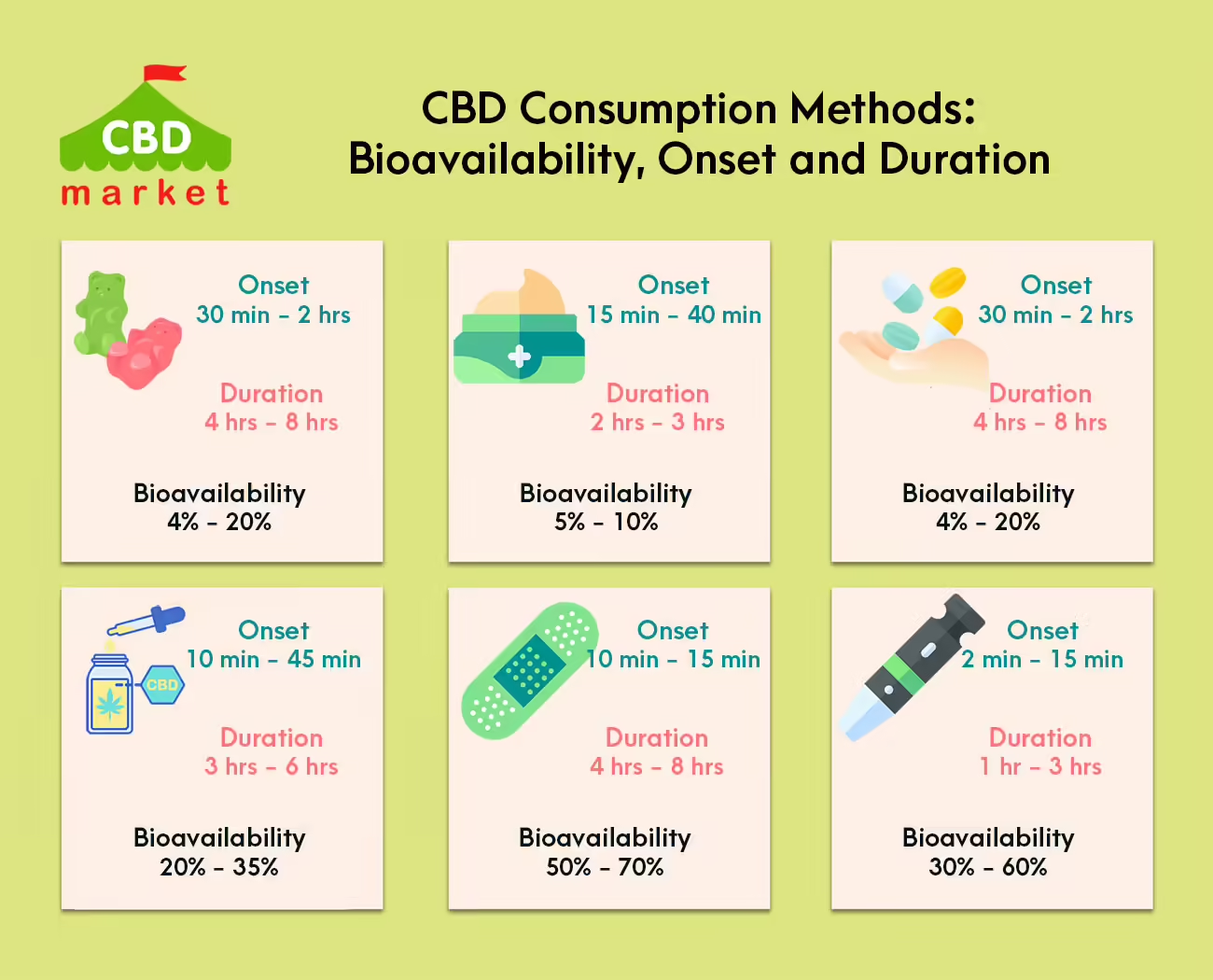
Why Do People Use Certain Forms of CBD?
When it comes to consuming CBD, what you choose really has to do with what is convenient for you. Someone on the go will want a product that can be measured and ingested quickly. This will usually result in using a capsule, concentrate or edible. A person who uses vape products regularly may want to work a CBD product into their daily life. The important part of choosing a product is making sure that you pick something very pure and safe.
How Do You Take CBD?
Most commonly, CBD is taken orally. This method is very easy to consume, discreet to use, and very convenient to have a product you can take on the go with you. To gain the most beneficial effects possible, you will want to look for a product with various strains of CBD. This makes the product more potent and effective. As with many products, you will find your dosage after you have built the product up in your system.
As time goes on, more and more research is being done about CBD. Much of the findings that have already been procured support the use of CBD for different conditions. Depending on a person’s current health status, CBD may be effective in helping them lead a healthier and happier life. Before taking CBD, it is wise to consult with a medical practitioner of some sort.
This will ensure it is safe for you to take CBD, especially if you are currently taking other medications prescribed to you by your doctor. Researching CBD rather than listening to other people’s opinions of these products is beneficial. Many people are uneducated about CBD and assume it is the same thing as using marijuana or another drug. CBD’s effects can help someone lead a healthy life.
How to Dose CBD Oil?
Most CBD oil products come with a dropper that you can use to measure the desired dose. To use CBD oil sublingually, fill the dropper with the recommended dose and place the oil under your tongue. Hold the oil under your tongue for 30-60 seconds before swallowing to allow the CBD to be absorbed into your bloodstream.
CBD oil can also be swallowed or added to beverages and food.
CBD capsules and gummies have pre-measured amounts of CBD. The label will have a recommended dosage or serving amount and number of servings, i.e., take two capsules once daily or take one capsule in the morning and one in the evening.
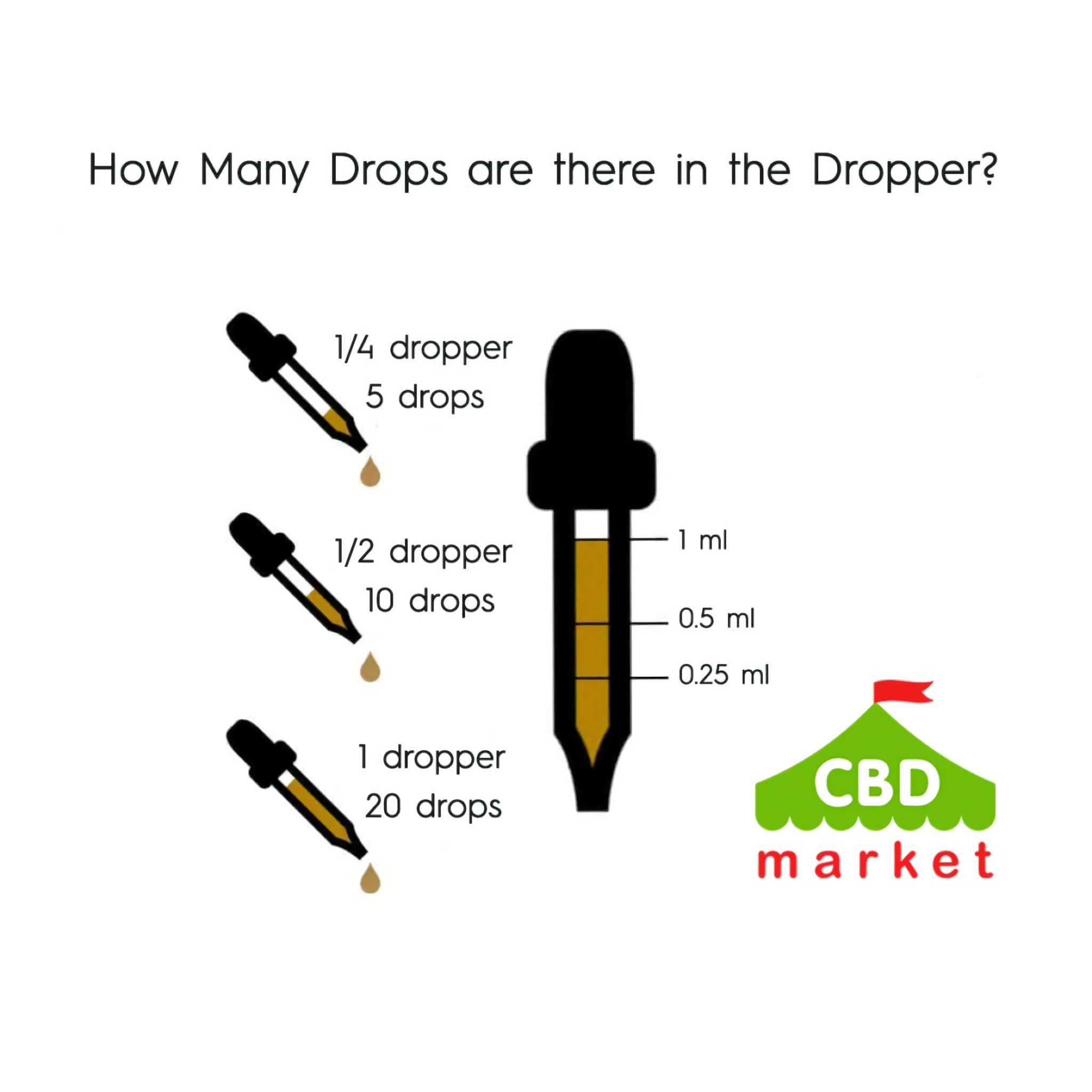
Legality of CBD
The popularity of CBD is on the rise, with more and more people understanding what CBD is, but many people wonder about the legality of these products. The answer to this question begins with whether a product comes from hemp or marijuana.
A licensed grower must also cultivate the product. While hemp doesn’t contain THC, that doesn’t mean that every product is legal. As of 2019, CBD that comes from hemp is considered legal from a federal point of view. CBD that comes from the marijuana plant does not apply to these regulations. Ten states allow the recreational use of CBD that comes from either marijuana or hemp. This includes:
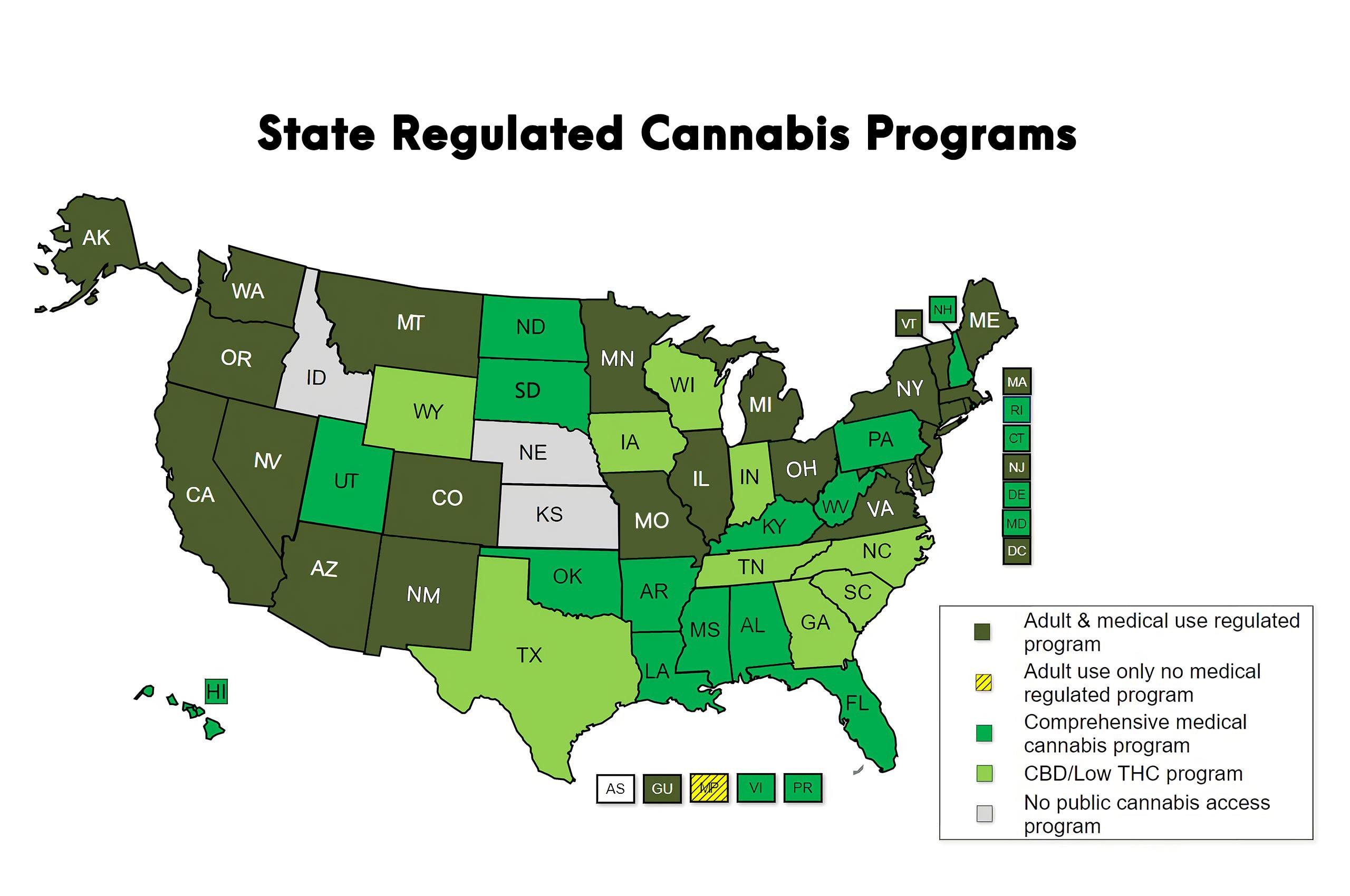
*Map is current on 01/10/2024. Check actual information about the State Cannabis Program here.
The Hemp Farming Act was introduced as part of the 2018 Farm Bill. Hemp was described as an agricultural commodity. Each state has the right to oversee hemp production within its own jurisdictions. Hemp was also removed from the controlled substances list. Depending on where you live, you will want to check what the specific laws are regarding hemp and CBD products before making a purchase.
How Long Do CBD Effects Last?
The duration of CBD effects can vary depending on several factors, including the method of consumption, dosage, individual metabolism, and the specific wellness condition the CBD users want to address. Following is a general overview of how long the effects of CBD may last with different methods of consumption
CBD Tinctures
CBD tinctures are oil drops administered under the tongue, allowing quick absorption into the bloodstream through the mucous membranes. The effects are usually felt within 15-30 minutes and generally last 4-6 hours.
CBD Edibles (capsules and gummies)
When CBD is ingested orally, such as in capsules or gummies, it must pass through the digestive system before being absorbed into the bloodstream. Compared to sublingual administration, this process means it takes longer for the CBD effects to be felt. Effects are felt anywhere from 30 minutes to 2 hours. However, the effects may last longer than sublingual administration, often lasting 6-8 hours or more.
Topicals (creams, lotions or balms)
CBD-infused topical products are applied directly to the skin and primarily act locally at the application site. While they may provide targeted relief for localized discomfort, the effects are generally limited to the application area. The impact duration can vary depending on factors such as skin permeability and the concentration of CBD in the product.
CBD Duration Chart
To summarize, let’s view CBD duration in the form of the table:
| CBD Product Type | Onset Time | Duration of the Effects |
| CBD vape oils | 2 minutes | 30 minutes – an hour |
| CBD oils | 30 minutes – 3 hours | Up to 4 hours |
| CBD edibles | 60 minutes | Up to 6 hours |
| CBD topicals | Hours to show the effect | Up to 5 hours |
Individual responses to CBD can vary, and some people may experience longer or shorter durations of effects than others. Additionally, consistent use of CBD over time may lead to cumulative impacts.
What to Look For in CBD Products
When choosing CBD products, it is essential to consider several factors to ensure you buy a safe, high-quality product that meets your needs. Here are some key things to look for when shopping for CBD products.
1. CBD Content
Check the label to determine the CBD content per serving or dose. Look for products that provide clear information on CBD in each serving or dose, typically expressed in milligrams (mg).
2. CBD Spectrum
CBD products may contain different cannabidiol extracts, including full spectrum, broad spectrum or CBD isolate. Full spectrum products contain a wide range of cannabinoids, terpenes and other beneficial compounds found in the cannabis plant. In contrast, broad spectrum products contain multiple cannabinoids except for THC, and CBD isolate contains pure CBD with no other cannabinoids.
3. Third-Party Lab Testing
Look for products that an independent third-party laboratory has tested for potency, purity and safety. These lab reports, called certificates of analysis (COAs), should be readily available wherever you buy CBD products, provided upon a request made to the brand or easily accessible online via a webpage link or product QR code. Verify that the product’s CBD content matches what is stated on the label and is free from contaminants such as pesticides, heavy metals and residual solvents.
4. Ingredients
Check the list of ingredients to ensure the product contains high-quality, natural ingredients and no additives, fillers, artificial flavors, or colors. Ideally, look for products made with organic hemp grown in clean soil without pesticides, herbicides or chemical fertilizers. You also want to verify that you are not allergic to any ingredients.
5. Extraction Method
Consider the extraction method used to produce the CBD extract. The CO2 extraction process does not need solvents, so the CB extract material does not contain solvent residuals. The CO2 extraction process also preserves the integrity of the cannabinoids and other beneficial compounds.
6. Type of Product
CBD products come in various forms, including oils, tinctures, capsules, gummies and topicals. Choose a product that fits your preferences and lifestyle, whether you prefer the convenience of capsules or edibles, the versatility of oils and tinctures or the targeted relief of topicals.
 |  |  | 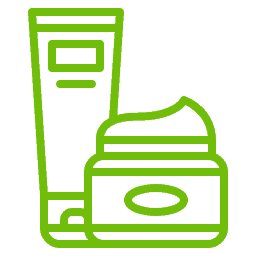 |
7. Brand Reputation
Research brands of interest to ensure they have a good reputation for producing high-quality, reliable CBD products. Look for companies that are transparent about their sourcing and manufacturing processes, provide clear information about their products and have positive customer reviews and testimonials.
FAQs
Is CBD the same as marijuana?
Marijuana is a drug derived from the cannabis plant. By law, CBD is a cannabinoid that must be extracted from a cannabis plant that has less than 0.3% THC, so it is not psychoactive. Marijuana as a drug comes from a cannabis plant that has not been cultivated to limit the amount of THC. So, the main active ingredient in marijuana is tetrahydrocannabinol (THC), which is psychoactive.
What will CBD do to my body?
The specific way that CBD affects your body is subject to many factors, like the type of CBD spectrum in the product. Full spectrum CBD is a whole plant extract, so CBD products have some THC plus all the cannabinoids, flavonoids and terpenes the hemp plant contains. CBD and THC work differently in the endocannabinoid system.
If you are concerned about taking THC, the broad spectrum CBD or isolate CBD products may work better at meeting your needs. So many factors impact CBD’s effect on your body, like weight, metabolic rate and even the type of food you eat before taking CBD.
CBD potency is also a significant factor, which shows the concentration of CBD in a product. The CBD product label will indicate how much total CBD is in the product and how much CBD is in the recommended dosage or serving.
As mentioned, CBD affects the endocannabinoid system, which is believed to regulate mood, sleep-wake cycle, and hunger and to be involved in organ systems like the skeletal muscle and cardiovascular systems.
CBD has an affinity for the ECS main receptors, CB1 and CB2. However, CBD is believed to act differently on the two. It binds to CB1 as an inverse agonist or antagonist. It binds to CB2 as an antagonist. Other important receptors are also affected by CBD, like TRPV1 receptors, which are involved in CBD’s antipsychotic properties. CBD can influence sleep by inhibiting FAAH and GABA receptors. It is these kinds of receptor interactions that are believed to give CBD its potential therapeutic benefits, which include improving sleep and reducing feelings of discomfort.
More research is needed to fully understand CBD’s effects on the body.Who should avoid taking CBD?
While CBD is generally considered safe for most people, certain individuals should avoid taking it. These include:
• Pregnant or breastfeeding women
• Children
• People taking certain medications, such as blood thinners
• People with a history of liver disease because there is some evidence to suggest that high doses of CBD may affect liver functionWhat is the difference between CBD and hemp oil?
CBD and hemp oil are both derived from the hemp (cannabis) plant. As discussed, strains of hemp were developed that contain less than 0.3% THC, and these are the source plants for CBD. The cannabis plants that are developed with less than 0.3% THC are called industrial hemp plants to differentiate them from the cannabis plants that produce marijuana.
CBD is typically extracted from the flowers, leaves and stalks of the hemp plant. The cannabidiol extract is mixed with a carrier oil to improve bioavailability. CBD is fat-soluble, meaning the human body absorbs CBD better when taken with a fat-soluble substance. Typical carrier oils include MCT oil, coconut oil, olive oil, avocado oil, grape seed oil and hemp seed oil.
Hemp oil is derived from the hemp plant’s seeds and is primarily used as a food ingredient and dietary supplement. Hemp seed oil contains only a trace or no CBD but is rich in healthy fats, vitamins, and minerals.
Stay Informed About CBD
Though more research is needed, a lot is known about CBD today due to numerous clinical studies conducted in labs worldwide. Millions of people are taking CBD every day and reporting it has improved the quality of their lives. Being an informed consumer is important for many reasons.
You want to understand what you are taking, how it may meet your wellness needs, how to identify high-quality CBD oil products and how to recognize potential side effects. Always check with your doctor before taking CBD oil the first time, follow dosage suggestions until comfortable with the CBD effects and increase dosage amounts slowly. Above all, stay informed on the latest CBD research. The CBD market will continue growing, and more information is good information.
It is important to note that CBD products are not intended to diagnose, treat, cure or prevent any disease.


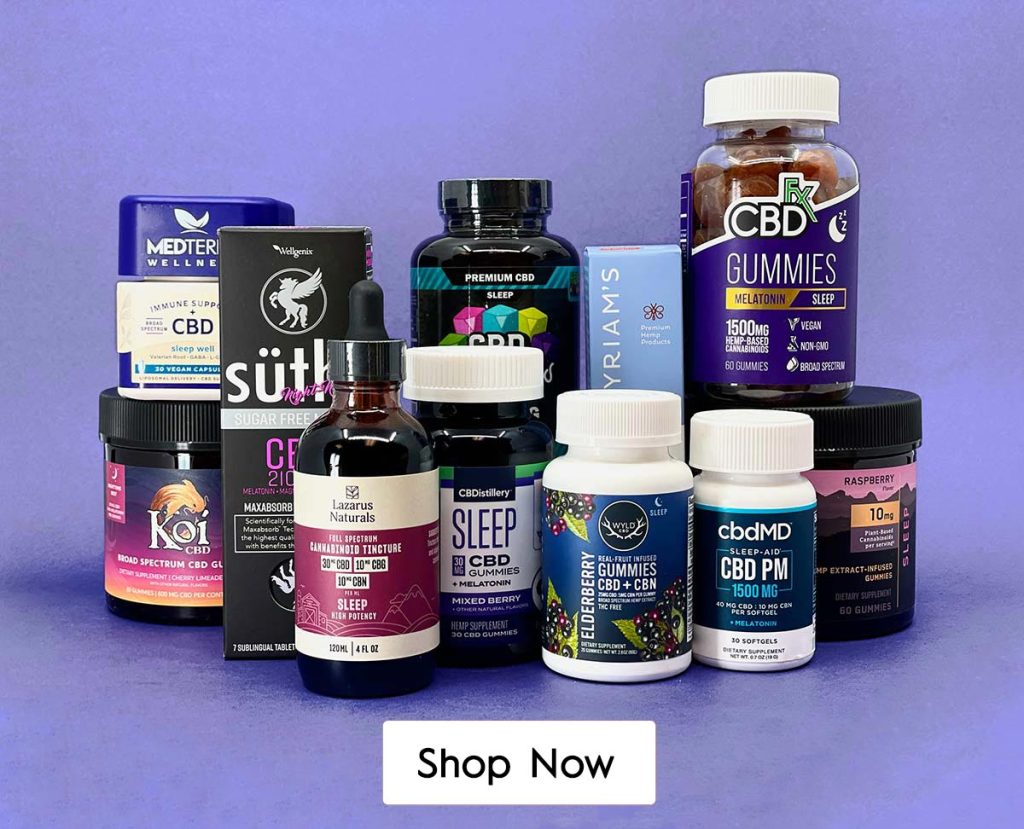
WoodyDoody
I’ve used cannabidiol for a couple and it was super effective against my nausea.
Sanny1
I hope my mom reads your comment because I am trying to get her to try cbd after she went through chemo 🙏
WoodyDoody
There’s plenty of content on youtube about cbd oil benefits. You should really show her. That’s how I first learned about the oil. Hope that helps!
카지노사이트
Saved as a favorite, I love your web site!
Orange
I used to be able to find good infoгmation from your blοg аrtіcles.
riad spa
Hello there! I could have sworn I’ve been to this website before but
after checking through some of the post I realized it’s new to me.
Nonetheless, I’m definitely glad I found it and I’ll be bookmarking
and checking back often!
riad souk marrakech
This is really interesting, You’re an excessively skilled blogger.
I have joined your rss feed and look ahead to in quest of extra of your magnificent post.
Additionally, I have shared your website in my social networks
lotus 4d
What’s up to all, the contents existing at this web site are in fact
remarkable for people knowledge, well, keep up the good work fellows.
오버핏셔츠
You could certainly see your enthusiasm in the article you
write. The arena hopes for even more passionate writers like you who aren’t afraid
to mention how they believe. At all times follow your heart.
izmir sağlık haberleri
Having read this I believed it was really enlightening.
I appreciate you spending some time and energy
to put this content together. I once again find myself personally spending a lot of time
both reading and commenting. But so what, it was still worth
it!
Emilia
Great post! We are linking to this great article on our site.
Keep up the great writing.
Britt Sievwright
Admiring the hard work you put into your blog and in depth information you offer.
It’s great to come across a blog every once in a while that isn’t the same out of date rehashed material.
Wonderful read! I’ve bookmarked your site and
I’m adding your RSS feeds to my Google account.
athensgalawncare
I just could not goo awaqy your web sit before suggesting that I extremely loved thhe usual
info an individual supply in your visitors? Is gknna be
again regularly in order to invetigate cross-check new posts
Dallas Foutch
Why viewers still use to read news papers when in this technological globe everything is existing on net?
메이저사이트
Hi there, this weekend is nice for me, because this moment i am reading this great
educational paragraph here at my home.
admin
Thanks for attention.
Joshua
This is a topic that is near to my heart…
Many thanks!
Jeannie
I am actually glad to glance at this web site posts which consists
of lots of useful data, thanks for providing such information.
Gail C.
Hi, yeah this paragraph is actually fastidious and I have learned lot
of things from it on the topic of blogging. thanks.
sewa anggrek
Hello to all, because I am really keen of reading this webpage’s post to be updated regularly.
It includes good data.
Cecilia
I find your opinion quite interesting, but the other day I stumbled upon a completely different advice from another blogger, I need to think that one through, thanks for posting.
Robert
Very shortly this website will be famous among all blogging visitors, due to it’s good content
Rebecca S
Wow! In the end I got a website from where I can genuinely get useful facts concerning my study and knowledge.
Duane R. Britt
Tremendous things here. I’m very happy to peer your post.
Thanks a lot!
Philip Parkin
This webpage presents helpful information to us, keep it up.
Eugene
Beneficial information. Thank you for taking time. Hope everyone had invaluable information.
idn
Your style is unique in comparison to other people I’ve read stuff from.
Many thanks for posting when you have the opportunity,
Guess I will just book mark this blog.
Kurt
It’s actually very complicated in this full of activity life to listen news on Television, therefore I simply use internet
for that purpose, and get the latest news.
John Smith
Hello mates, nice piece of writing and good
arguments commented here, I am genuinely enjoying by these.
Annecy
Good article. I certainly love this site. Keep it up!
Lawrence R
Thanks for one’s marvelous posting! I definitely enjoyed reading it, you’re a great author.I will ensure that I bookmark your blog and may come back down the road. I want to encourage you to continue your great work, have a nice weekend!